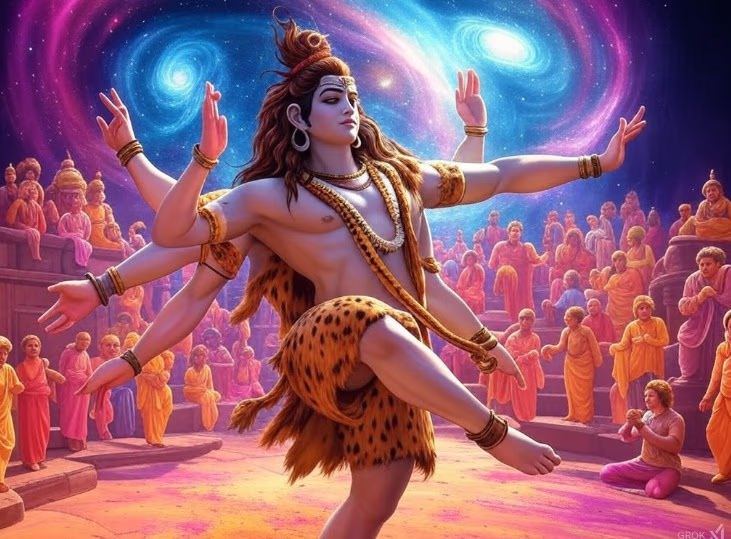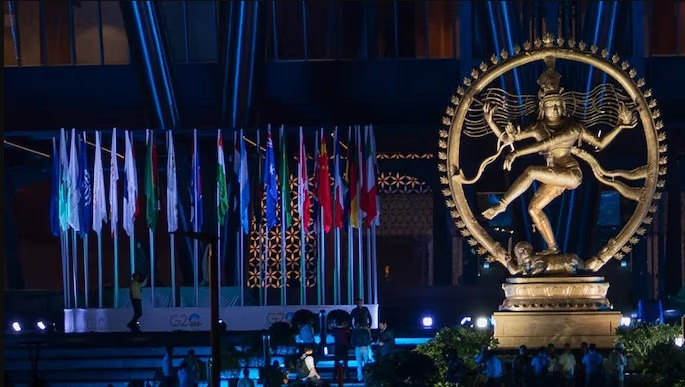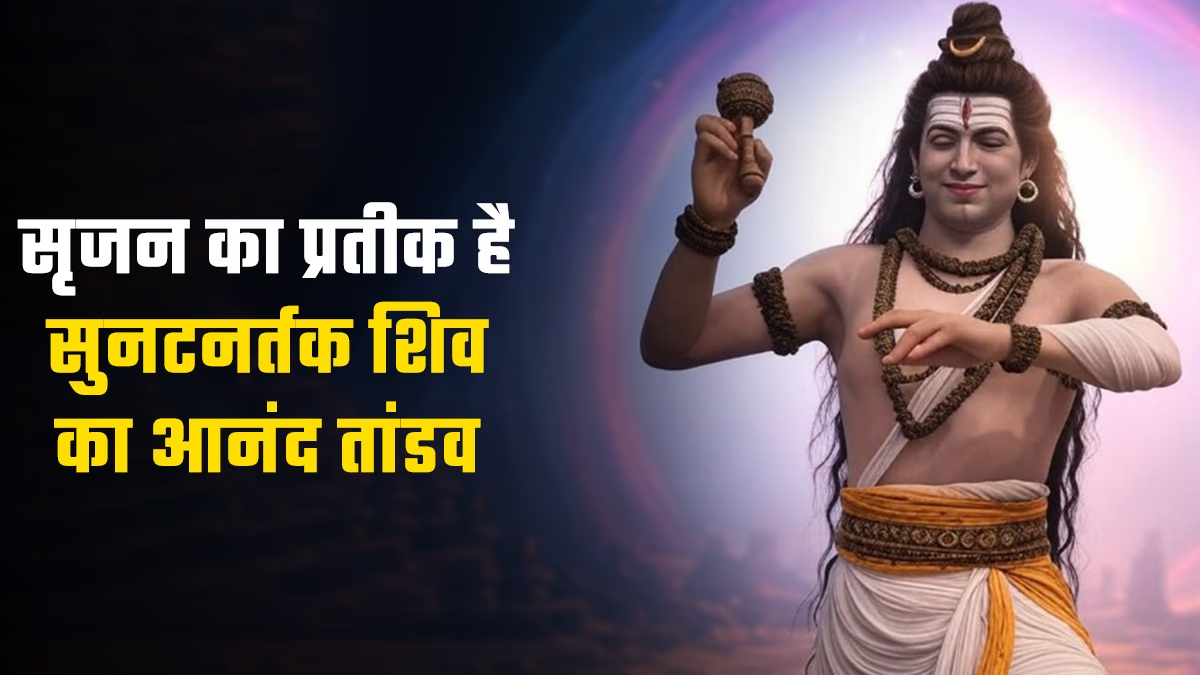The Shiva Mahapurana depicts 24 incarnations of Lord Shiva, among which is the radiant avatar of Sunatanartaka. This incarnation arose when Parvati, desiring to marry Shiva, undertook intense meditation. Although Shiva had distanced himself from family life after the destructive incident involving Sati at Daksha's Yagna, a demon named Tarakasura received a boon that he could only be slain by Shiva's offspring. Hence, ensuring Shiva's marriage was pivotal for the demon's defeat.
Why Shiva Became Sunatanartaka
Despite divine persuasion, Shiva hesitated to grant Parvati an audience, haunted by his first marriage to Sati, who defied her father Daksha to marry Shiva, resulting in her self-immolation. To test the sincerity of the Himalayas, Shiva donned the avatar of Sunatanartaka.
The Delight of Shiva's Tandav
In this guise, Shiva joyfully danced outside the abode of the Himalayas, compelling the king to grant him any wish. Seizing the moment, Shiva requested Parvati's hand, drawing ire from King Himalaya and Queen Mena. However, Narada and the Saptarshis soon enlightened them about Sunatanartaka's true identity and Parvati's past life, leading to a delighted acceptance and a vow for her marriage with Shiva.

Source: aajtak
Shiva: The Supreme Dancer
Shiva as Nataraja embodies the quintessential dancer. This form transcends mere art, encapsulating time itself and affirming that life's rhythms and the universe's unspoken stillness find their source in Shiva. The amalgamation of 'Nat' (art) and 'Raja' (king) marks his divine patronage of the arts.
Conquering the Dwarf Demon Apasmara
Another story from the Shiva Purana highlights Shiva's victory over a demon named Apasmara, representing arrogance. Unlike a mere demon, Apasmara symbolizes ego, which Shiva seeks to vanquish. Medical science even links these tales to neurological understandings, wherein Apasmara is a dwarf demon, believing himself invincible and degrading others.
Gifted with overpowering consciousness, Apasmara led sages astray, stripping their wisdom. Profoundly arrogant from his perceived immortality and power, he disrupted a hallowed gathering of sages and their wives, flaunting his superiority.
The Sages Empower Apasmara
In this turmoil, Shiva arrived as a divine dancer, with Parvati in disguise. His captivating dance drew the women's gaze, prompting the sages to unleash venomous serpents via mystical chants. Shiva adorned the serpents as garlands, neutralizing the attack, but the sages, sensing loss, endowed Apasmara with amplified power, rendering him formidable.

Source: aajtak
Subjugating Apasmara
Apasmara attacked Parvati, bewitching her senses into stupor. Enraged yet calm, Shiva expanded into Nataraja, subduing Apasmara under his foot while unleashing a transcendent dance. As the reverberations echoed through his 14 Damaru beats, Apasmara's vigor waned, leading him into a trance-like submission. Shiva didn't destroy him but restrained him, humbling the ascetics' arrogance and setting them towards enlightenment through the Nataraja's divine manifestation.
Apasmara, Symbol of Ego
Within Nataraja's tableau, Shiva's form emerges with four arms within a circle of fire—the dwarf demon Apasmara underfoot, another foot poised in dance. His right hand holds the Damaru, the left, pointing upwards, cradles fire, while the other right hand offers peace, balancing the flow of universal wisdom. Apasmara clutches a serpent, underscoring ego's small stature amid cosmic grandeur. Shiva's form beckons introspection, revealing how ego's suppression paves the way for universal understanding.




